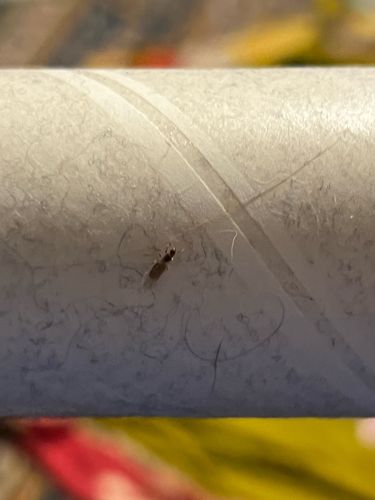Thrips
Scientific Name: Various species within the order Thysanoptera (e.g., Frankliniella occidentalis, Thrips tabaci)
Order & Family: Order: Thysanoptera (Fringe-winged insects)
Size: Typically 0.5 to 1.5 mm, but can range up to 14 mm in tropical species.

Natural Habitat
Widely distributed in various terrestrial environments, often found on plants (leaves, flowers, fruits), in garden debris, and sometimes indoors on houseplants or near windows.
Diet & Feeding
Mainly plant sap, pollen, and fungal spores. Some species are predatory on other small insects or mites.
Behavior Patterns
Thrips tend to be more active in warm, dry weather. Many species reproduce parthenogenetically (without fertilization). They move quickly, often flying or jumping when disturbed. Some species form galls on plants.
Risks & Benefits
Risks: Many species are significant agricultural and horticultural pests, causing damage to crops and ornamental plants by feeding and vectoring plant viruses. Benefits: Some species are beneficial predators of other pests, and others play a role in pollination.
Identified on: 8/11/2025